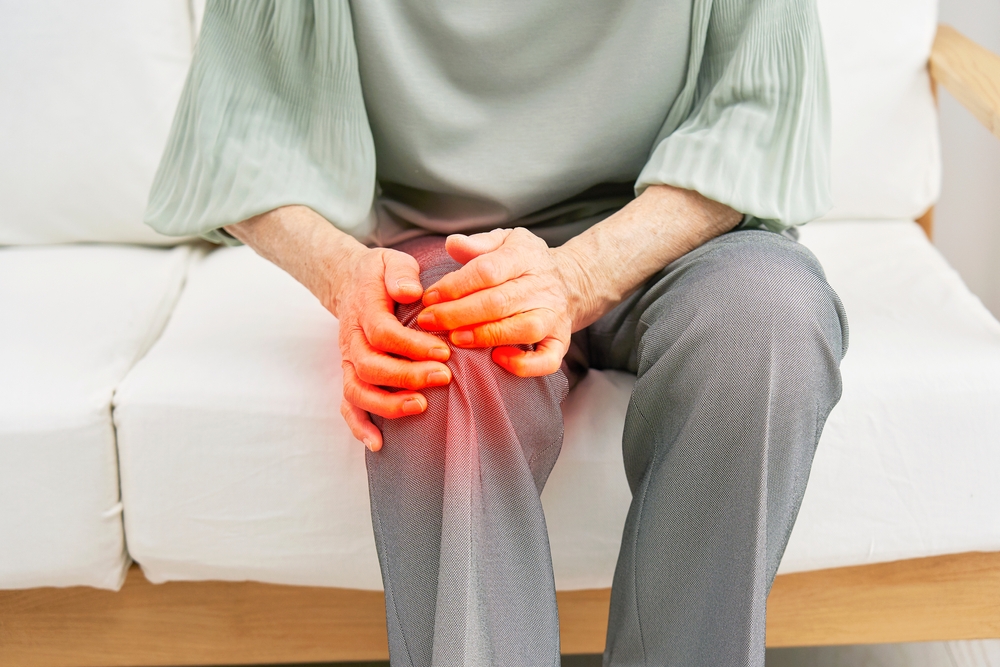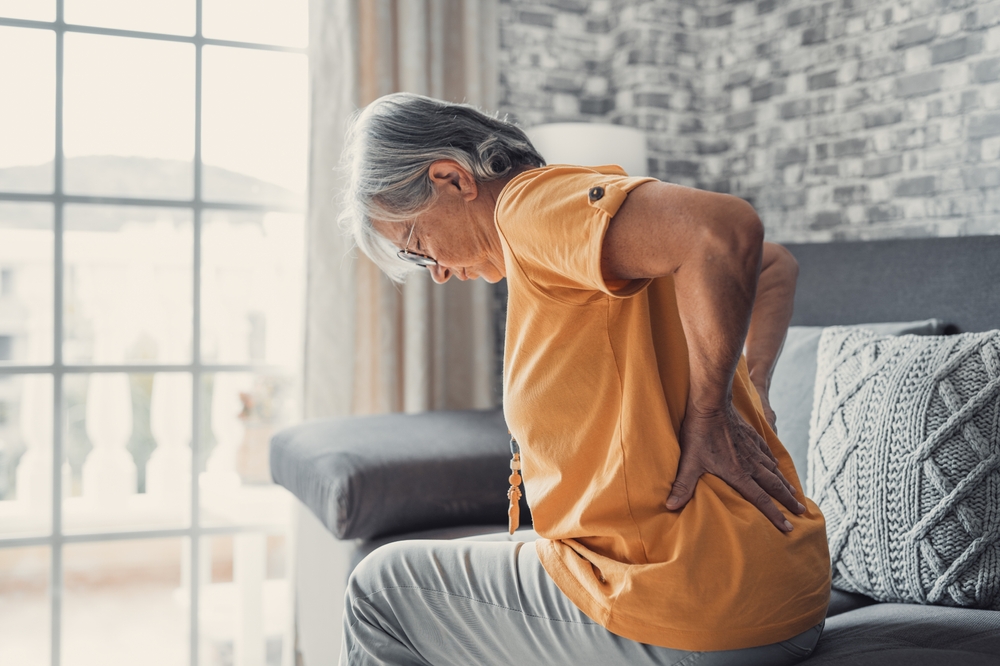Sciatica Stretches for Elderly Adults
Category:

What is Sciatica?
Sciatica in elderly people is a condition that causes extreme pain and discomfort. Sciatica is described as a pain that travels along the path of the sciatic nerve from the lower back through the hips and buttocks and down one or both legs.
Muscles and nerves begin to degenerate with age, and the likelihood of developing sciatica in elderly patients increases. Bone spurs, herniated disks, and inflammation of nerves are all contributors to the onset of sciatica.
Sciatica causes a mild tingling, a dull ache, or a constant burning pain that radiates from the hip all the way down the leg. In most cases, only one side of the body is affected, but there have been patients who experience sciatica pain in both legs.
How Can I Get Relief from the Pain of Sciatica?
So, what helps sciatica pain in the elderly, and is the treatment of sciatica in the elderly something we can do at home?
Sciatica stretches for seniors can alleviate the discomfort and restore feeling in the leg if the exercises are done routinely.
Let’s take a look at some exercises for sciatica pain for seniors and a few other options that may relieve the symptoms and help with flexibility and numbness. Time and self-care treatments at home can provide relief and restore mobility.
Yoga for Sciatica for Seniors:
The therapeutic applications of yoga can be used to treat and relieve the symptoms of sciatica. Poses such as the Child’s Pose and the Cobra Pose can lengthen, stretch, and relax your body. Be careful not to push yourself into a position that doesn’t feel comfortable or that causes pain. Listen to your body and remember to be gentle, and to keep safety in mind. Clickon the link above for more poses you can try.
If you’re interested in trying yoga for sciatica pain, check with your local senior center, YMCA, or community center to see if they offer classes that will fit your schedule. You can also find yoga classes online that you can do in the comfort of your own home.
Sciatica Stretches for Seniors:
Most of us are not aware of how tight our bodies become because we don’t use our muscles like we used to. Exercises for sciatica for seniors involve stretching out those tight muscles in our back and relieving the pressure on the sciatic nerve root, which leads to the pain associated with sciatica.
Slow, gentle stretches such as the pelvic tilt or the seated hamstring stretch are very effective in reducing sciatica pain. Tight hamstrings can worsen the pain of sciatica. Stretching those hamstring muscles is an effective and simple way to relieve the discomfort that sciatica causes in the legs,
Download Our Joint Pain Remedy Guide
Sciatica causes numbness in the legs, tingling, weakness, and heaviness in the affected limb. Some people say the pain is worse while sitting or if they twist their bodies a certain way. Applying heat or simply getting up and walking can be helpful.
Sciatica is often the result of an underlying medical condition such as a lumbar herniated disk or spinal stenosis.
The exercises for sciatica pain and sciatica stretches for elderly patients that are part of a yoga regime can be very helpful in treating sciatica.
Click here for examples of additional sciatica exercises you can do at home.
As with any exercise program, you should get approval from your doctor before beginning a new routine.
If the symptoms persist or get worse, make a visit to the doctor’s office for a complete evaluation of your symptoms. A medical intervention involving medication may be needed, depending on the severity of your symptoms.
Subscribe
Date: March 7, 2023
Category:


